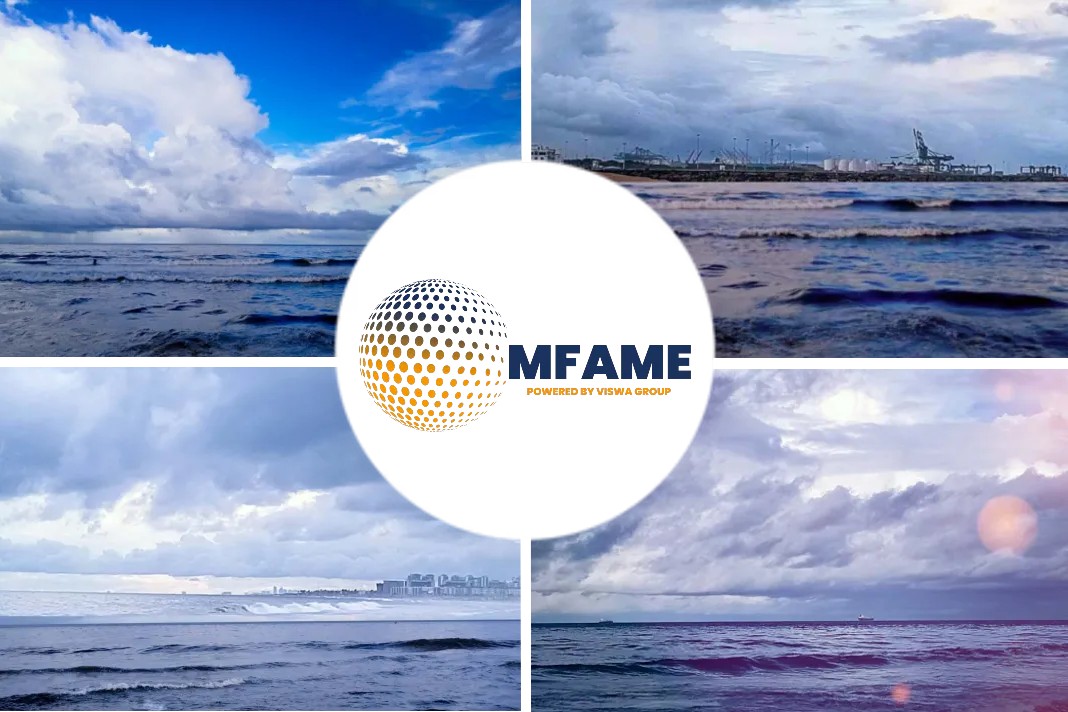- Airbus engineers develop AirSeas in order to make wind power technology for cargo ships.
- The company is using SeaWing sails on its cargo ships.
- It will reduce 20% of the fuel cost and deliver aircraft parts in Europe and the US.
- The 1000ft SeaWing sails would be installed on the bow of 10% cargo ships by 2030.
Airbus, the air company has been always ahead in technological innovations. It’s not just changing the sky but the dynamics of shipping as well. Last year, a group of Airbus engineers formed a new company called AirSeas to develop wind power technology for ocean-going cargo ships. Now, Airbus is looking forward to use their prototype SeaWing sails on its fleet of cargo ships to deliver parts for aircraft between the company’s locations in Europe and the US, says a report published in Cleantechnica.
How will it reduce the cost?
Each SeaWing will be up to 11,000 square feet in size. Similar to the parafoils that power kiteboarders all over the world today, they can reduce fuel costs by as much as 20% while also reducing carbon, nitrogen, and sulfur emissions from ships that operate on bunker oil — the dirtiest fuel on earth.
How do the operators benefit?
Today there are over 28,000 large cargo ships plying ocean trade routes. The fuel for each one can cost up to $10 million a year, so a 20% reduction translates into some serious monetary savings for ship operators.
How to Operate?
The SeaWing is attached to the bow of a ship on a 1000-foot long tether. The entire system is automated, including onboard weather sensors that tell the captain when deploying the SeaWing will be advantageous. Activating the SeaWing is as easy as touching a button. The system is designed to stow itself when no longer needed, ready for the next deployment. The goal is to install a SeaWing system on 10% of all large commercial cargo vessels by 2030. Payback on the SeaWing systems is estimated to be 5 years.
The Ultimate Goal
“Automatization is our key focus,” Vincent Bernatets, president of AirSeas, told France 3 last year. “[We want it to be] totally autonomous [and] prevent any involvement from the captain in the setting up or taking down.” The software onboard will “calculate the optimal route for the vessel, taking into account the wind, currents, and ocean conditions,” Bernatets added.
Did you subscribe for our daily newsletter?
It’s Free! Click here to Subscribe!
Source: The Connexion



















